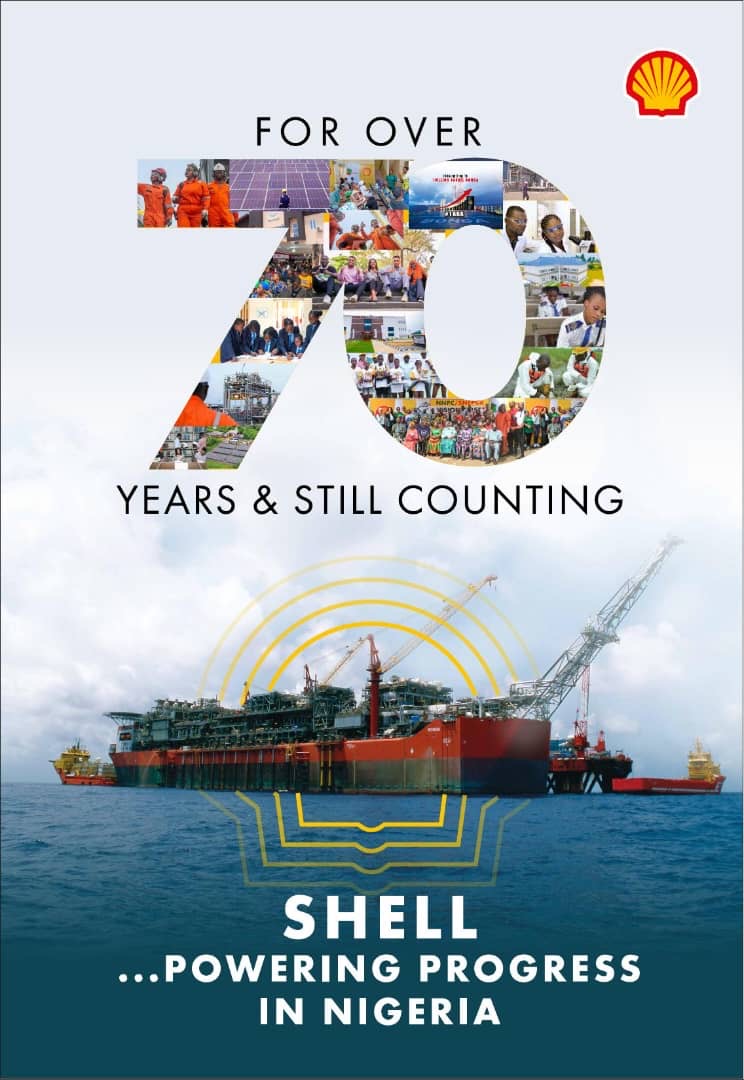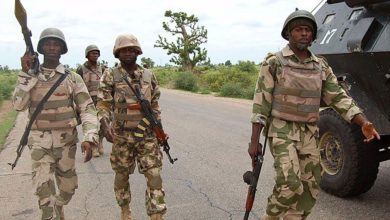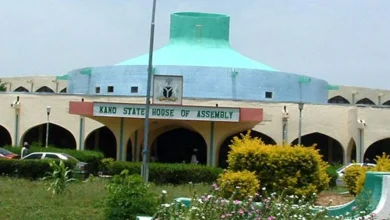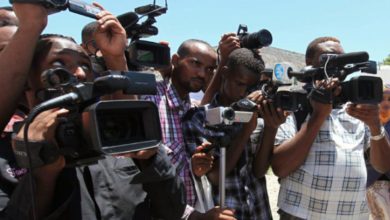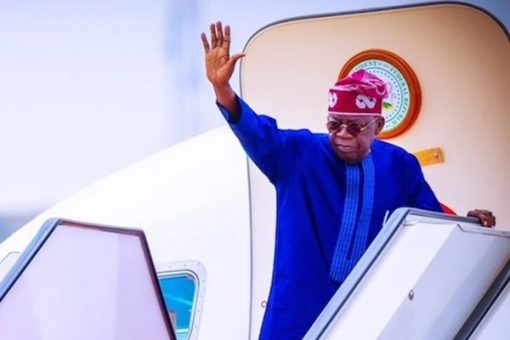
Senate confirms Tinubu’s new ministers
The Senate has confirmed the appointments of the seven new ministerial nominees who cleared on Wednesday through a voice vote by senators at the plenary, while it is recalled that President Bola Tinubu had earlier relieved some Ministers from their post
Penpushing reports that the Senate President, Godswill Akpabio, announced the confirmation of the ministers, and this confirmation brings the total number of ministers serving in the administration of Tinubu to 50.
The President had last Thursday sent a correspondence to the Senate, requesting for screening and confirmation of the nominees for various ministerial positions, a letter read by the Senate President transmitted it to the Senate Committee of the Whole for consideration.
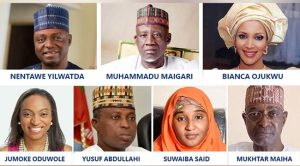
The nominees were screened and cleared by the senators at the Committee of Whole chaired by the Senate President, an exercise which started at about 1.00pm an ended at 5.02pm, while the senators asked the nominees questions about how they would use their respective offices to improve the country’s economy and resolve the nation’s challenges.
Penpushing further reports that some of the ministers, which include Messrs Dingyadi and Ata, were not questioned during the screening, instead they were directed to introduce themselves and thereafter take a bow and go because they had earlier occupied ministerial positions.
This is in line with the National Assembly’s tradition, while in same vein Ahmad, the designated minister of state for education, was also not questioned during the screening, as a gesture to support the advocacy for increased women participation in governance

Penpushing also reports that after the confirmation, the senate president congratulated the ministers-designate for their appointments, as Nentawe Yilwatda was confirmed as Minister of Humanitarian Affairs and Poverty Reduction, Muhammadu Dingyadi as Minister of Labour and Employment and Bianca Odumegu-Ojukwu as Minister of State Foreign Affairs.
The others are Jumoke Oduwole as Minister of Industry, Trade and Investment, Idi Maiha as Minister of Industry, Trade and Investment; Yusuf Abdullahi Ata as Minister of State, Housing and Urban Development and Suwaiba Ahmad as Minister of State Education.
FOOTNOTE: You want to share story with us? You want to advertise with us? You need publicity for product, or service, or event? Contact us on WhatsApp +2348073463653 or email penpushing@yahoo.com


